Laboratory Countertop Material Selection Analysis: Comparison of phenolic resin, epoxy resin, and ceramic countertops
Release time:
2025-04-10 14:00
As the core carrier for experimental operations, the laboratory countertop's material properties directly affect the safety, durability, and ease of use of experiments. This article analyzes the characteristics of three mainstream laboratory countertop materials— phenolic resin, epoxy resin, and ceramic—from three aspects: composition and process, performance characteristics, and application scenarios, providing a reference for material selection.
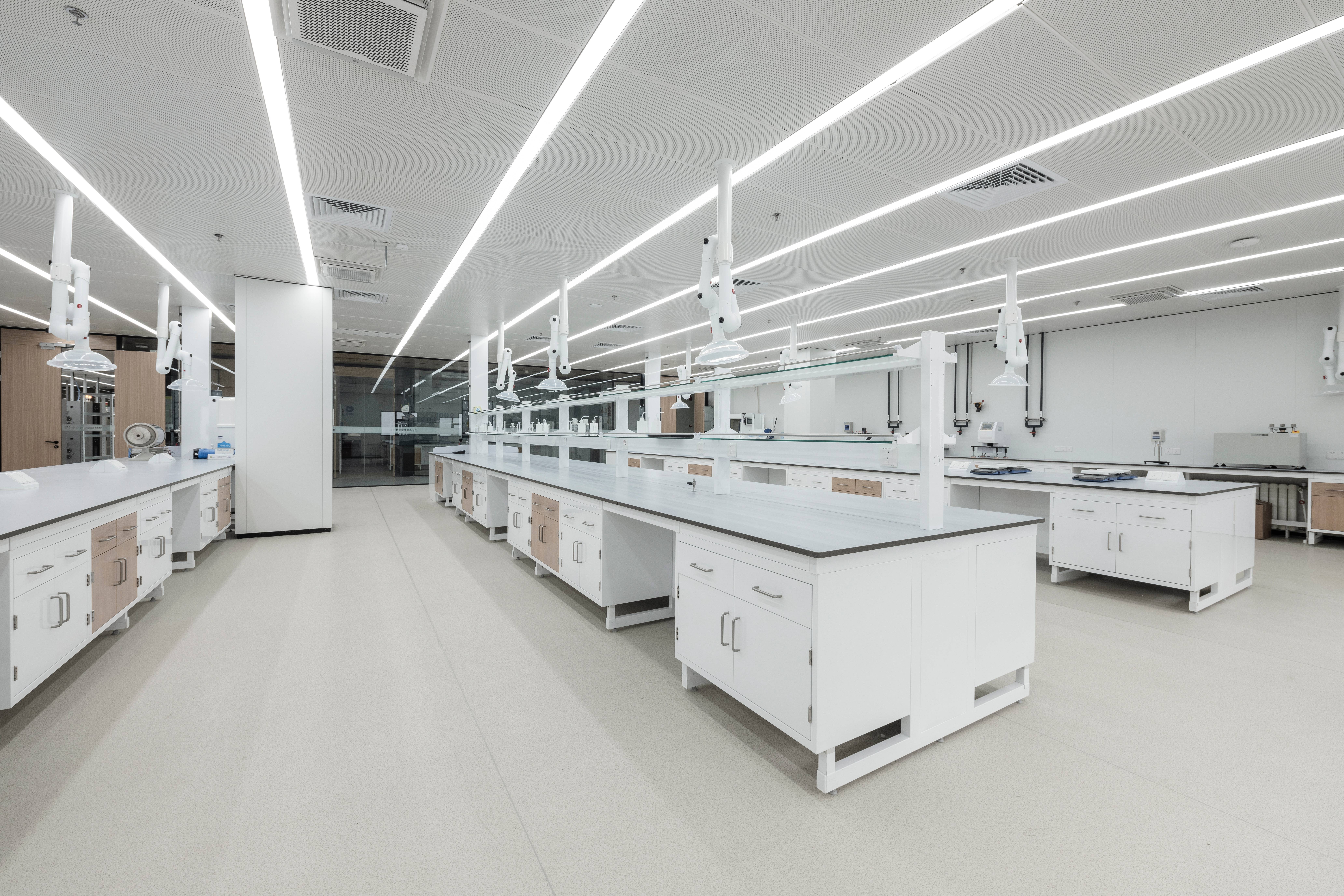
Phenolic Resin Countertop: An Economical and Practical Choice
Composition and Process:
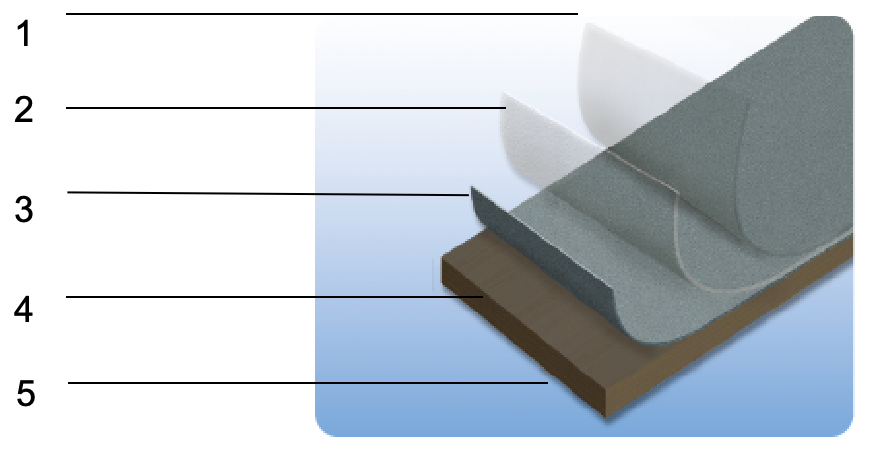
The phenolic resin countertop consists of corrosion-resistant phenolic resin films on both sides and a core material. The core material is made by impregnating surface paper, color paper, and kraft paper with phenolic/urea-formaldehyde resin and then pressing it under high pressure to form a multi-layer composite structure. The surface phenolic resin film has basic corrosion resistance, but it has significant defects—if the surface is scratched, the damaged area cannot be repaired, and the corrosion resistance will decrease with the degree of damage.
Performance Characteristics
▪Advantages: Low cost, smooth surface, easy to clean, suitable for conventional chemical laboratory environments.
▪Disadvantages: Weak impact resistance; once the surface protective layer is damaged, the corrosion resistance is greatly reduced, and the repair is difficult.
Application Scenarios:
Suitable for laboratories with moderate corrosion resistance requirements and limited budgets, such as general chemical analysis and biological experiment benches, but sharp instruments should be avoided from directly scratching the surface.
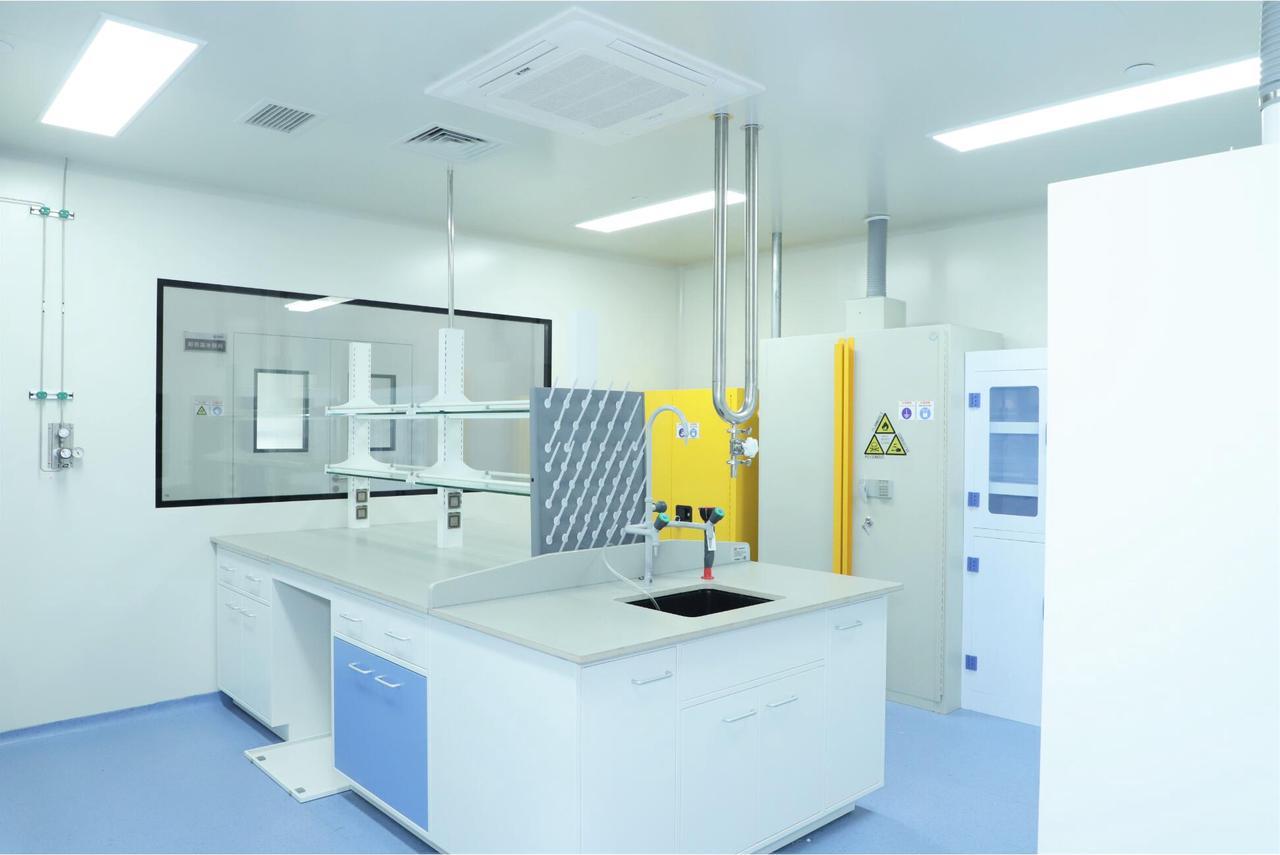
02 Epoxy Resin Countertop: A Representative of Integrated Safety Design
Composition and Process 艺:

Epoxy resin countertops use epoxy resin (gel coat/epoxy ethene) as the base material, mixed with quartz sand, catalysts, curing agents, and pigments. They are formed by one-time casting and low-temperature baking (200℃). A key feature of this process is that the water-blocking edge is integrally formed with the countertop body, effectively preventing liquid spillage and improving operational safety.
Performance Characteristics:
▪Advantages: High structural strength, good impact resistance, lighter weight for easy transportation and installation.
▪Disadvantages: Limited corrosion resistance, not resistant to strong acid and alkali corrosion; the material surface has more pores, easy to cause liquid leakage and staining, and cleaning is more difficult.
Application Scenarios:
Suitable for laboratories with high liquid protection requirements, such as organic synthesis, where acid-base operations are frequent, but prolonged contact with strong corrosive reagents should be avoided.
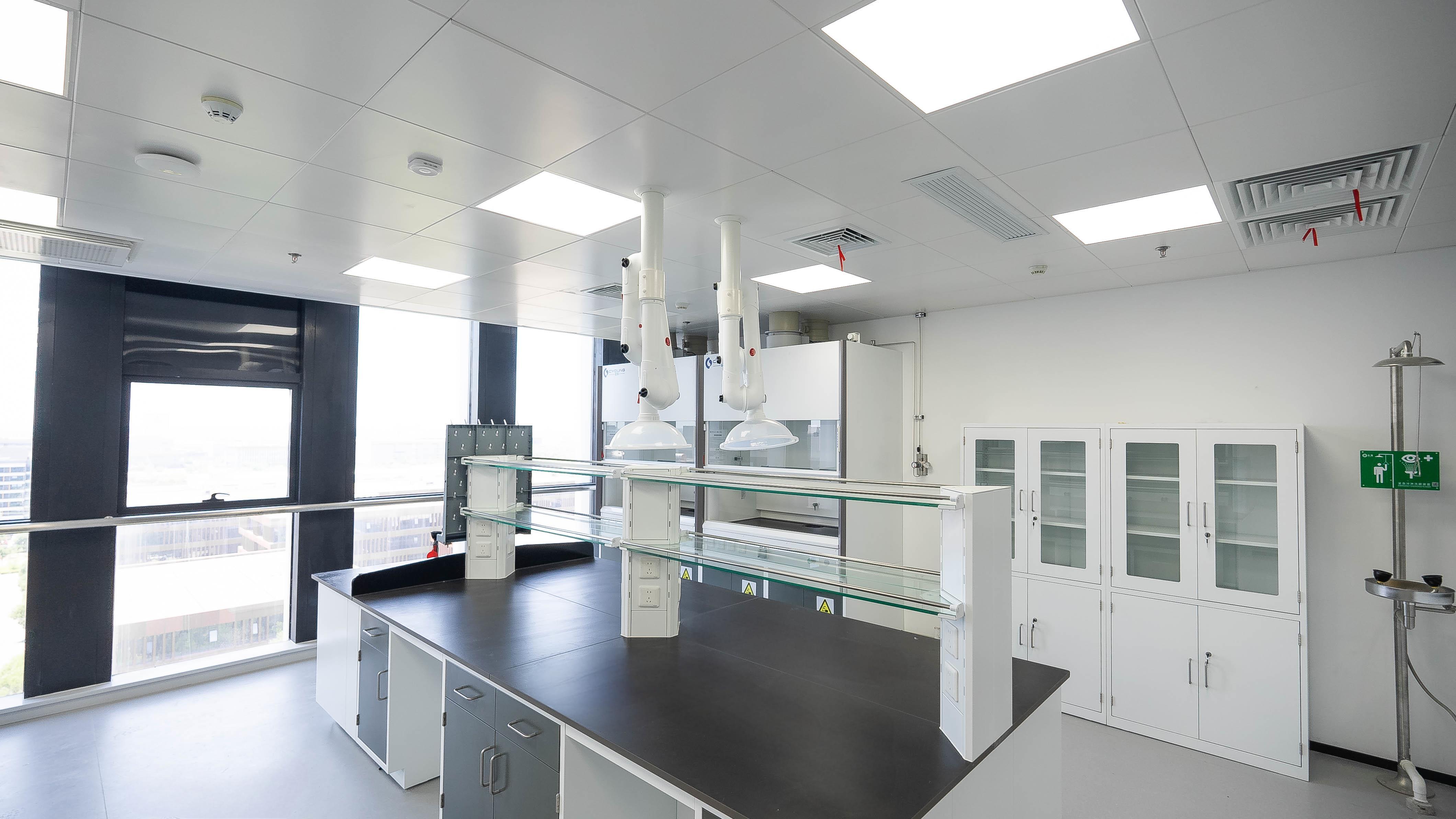
03 Ceramic Countertop: High Temperature and Strong Corrosion Resistance
Composition and Process:
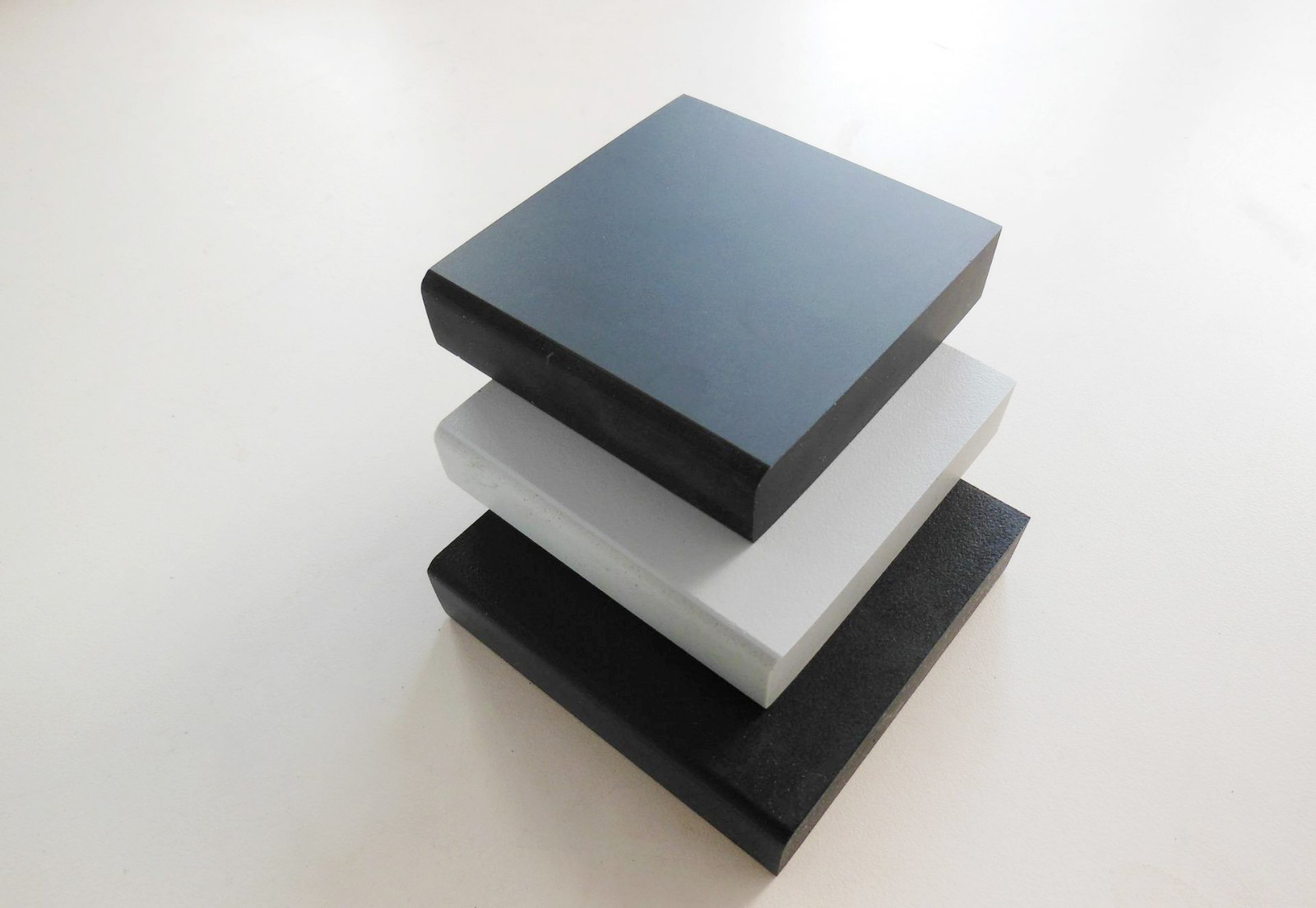
Ceramic countertops use silicate materials such as kaolin, blue porcelain clay, and feldspar. They undergo multiple precision processing steps: iron removal by grinding (to ensure purity), long-term aging (to improve plasticity), high-pressure mold forming, and surface treatment with a special corrosion-resistant glaze. They are then fired at over 1200℃ for a long time, forming a dense and hard structure.
Performance Characteristics:
▪Advantages: Excellent high-temperature performance (can withstand high-temperature experiments), the surface glaze provides extremely strong corrosion resistance, anti-leakage, anti-staining, easy to clean, and long service life.
▪Disadvantages: The material is relatively brittle and prone to cracking under severe impact; it is heavy, has high installation costs, and is extremely difficult to repair.
Application Scenarios:
Suitable for high-temperature burning (muffle furnace matching countertops), strong acid and alkali (such as sulfuric acid, nitric acid, etc.) corrosive environments, or occasions with high cleanliness and weather resistance requirements.
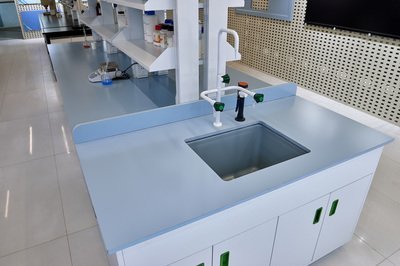
04
Comparison Table of the Conventional Performance of Three Countertop Types

△ Click to view the enlarged image
05
Selection Suggestions
▪Cost-effective choice: Phenolic resin countertops are suitable for scenarios with limited budgets and mild experimental environments, but care should be taken to avoid surface scratches.
▪Safety protection priority: The integrated water-blocking edge design of epoxy resin countertops is suitable for laboratories with frequent liquid operations, and regular cleaning and maintenance are required.
▪Performance priority: Ceramic countertops, with their excellent high-temperature and corrosion resistance, are the ultimate choice for high-temperature and strong corrosion scenarios. Although the cost is higher, the long-term use advantages are significant.
The selection of laboratory countertops should consider the type of experiment (such as chemistry, physics, biology), reagent corrosiveness, operating intensity, and budget. A balance should be found between performance and cost to ensure experimental safety and efficiency.
Related News



